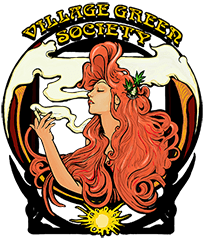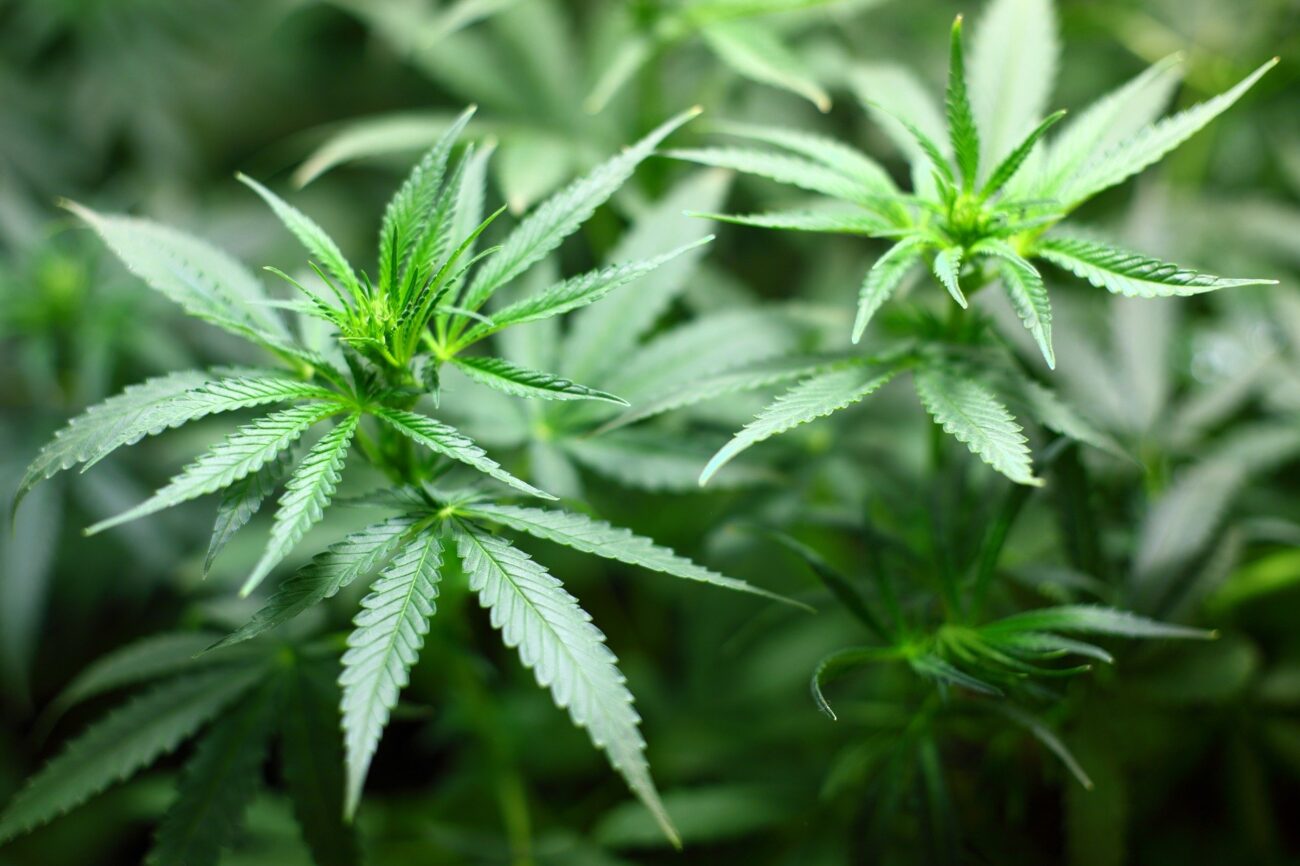
“For centuries, cannabis has long been used as a go-to remedy for a wide range of medical conditions by different societies all around the world…. It’s only recently that its numerous medical benefits have been reinvestigated. Many studies have proven that marijuana is effective in alleviating symptoms of diseases like multiple sclerosis, Parkinson’s disease, and even cancer.” – Kurt Martin
Have you heard of medical marijuana or medical cannabis? Are you considering one of the many available preparations to treat a prevalent medical condition? Are you any other medications?
If so, if you plan on using medical marijuana, and are on other chronic medication, it is essential to confirm with your medical specialist whether it is safe for you to combine cannabis with your other medicines. Otherwise, the benefits of both prescription medication and cannabis, when taken individually, might be negated. And, taking the combined cocktail of medications and marijuana might result in detrimental, lifelong site effect that could result in an extended hospital stay on top of everything else.
There is no doubt that marijuana’s potential as a bona fide medical drug is causing a fair bit of hype around the world. Research is continuing into its efficacy as a safer substitute for opioids to treat chronic, debilitating pain. Michael O. Schroeder states in his article titled, “How does Marijuana Interact with Medications?” that early results are positive. However, more research is needed. Unfortunately, questions remain about how safe marijuana is when taken with over the counter (OTC) medications as well as prescription medicines.
Medical marijuana versus recreational marijuana
Before we consider several medical marijuana truths versus myths, let’s look at a comprehensive definition of medical cannabis. Secondly, let’s investigate the difference between recreational marijuana and medical marijuana.
What is medical marijuana
WebMD.com states that the marijuana plant or chemicals contained within the plant to treat medical conditions.
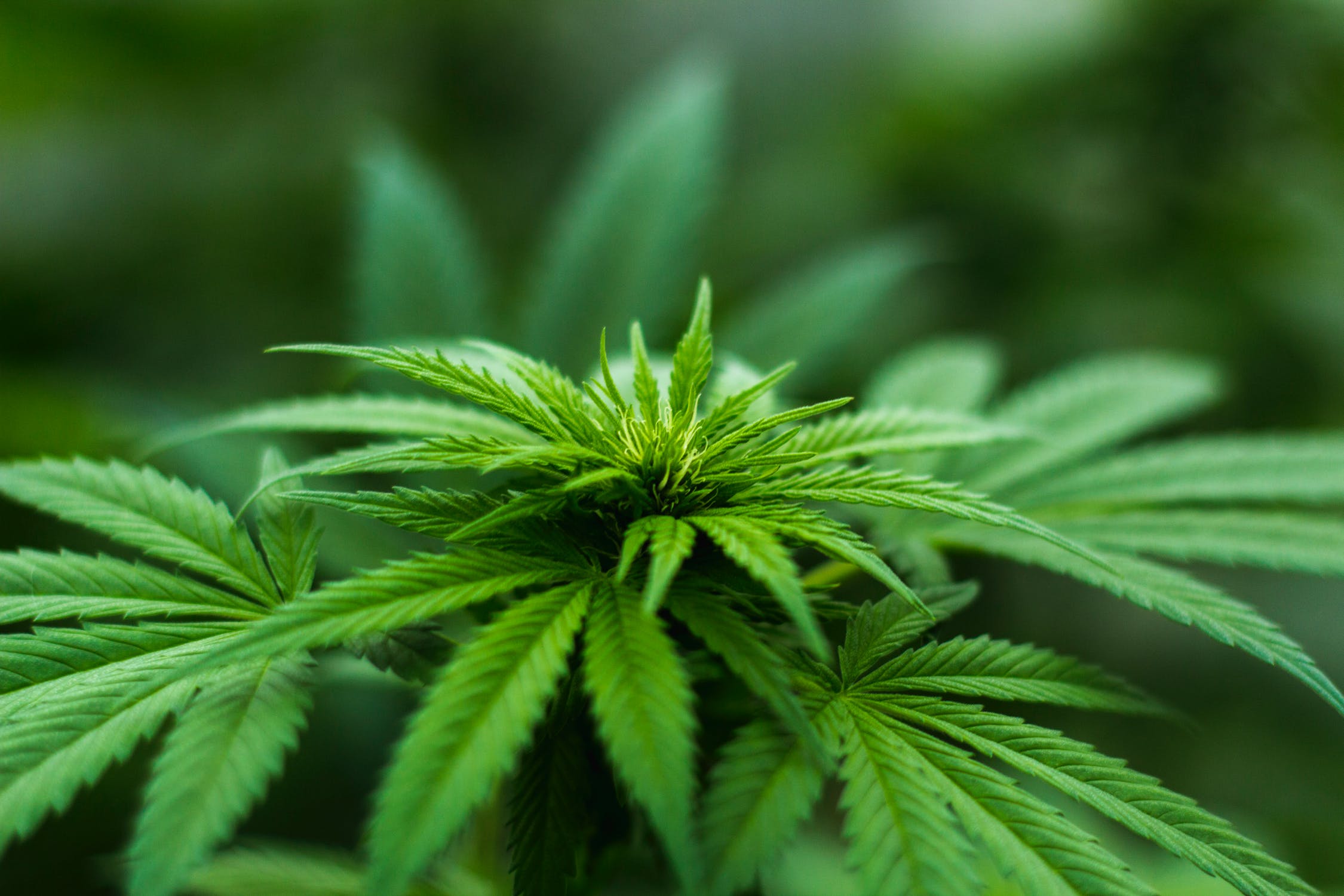
The cannabis plant consists of more than one hundred different chemicals called cannabinoids. Each of these cannabinoids has a different effect on the human body. The two main chemicals that are used in medicines are known as:
- Delta-9-tetrahydrocannabinol or THC. THC is the chemical that produces the “high” that people feel when they smoke cannabis or eat foodstuffs that contain the THC.
- Cannabidiol or CBD. This is a chemical found in the resinous cannabis flower. It is a safe, non-addictive compound. Not only can CBD reduce the psychoactive effects of THC, it has significant therapeutic properties.
Experts state that cannabis can be used to treat chronic pain, nausea and vomiting as a consequence of chemotherapy, and stiff muscles caused by multiple sclerosis.
It is also used to treat the following medical conditions:
- Neurological conditions like Alzheimer’s epilepsy, Parkinson’s, and traumatic brain injury.
- Skin diseases like acne, psoriasis, and dermatitis.
- Intestinal disorders such as colitis and Crohn’s.
- Neuropsychiatric conditions like Autism, ADHD, PTSD, and alcoholism.
- Autoimmune disorders like rheumatoid arthritis.
Marijuana, especially CBD’s neuroprotective effects and its anti-cancer properties are currently being investigated at several academic research centers in the US and across the globe.
According to the Project CBD website, “a 2010 brain cancer study by California scientists found that CBD enhances the inhibitory effects of THC on human glioblastoma cell proliferation and survival.” In other words, it has been proven that CBD increases THC’s potency as an anticancer compound.
Finally, in 2010, German researchers conducted a study into whether CBD stimulates neurogenesis or not. They found that CBD stimulates the growth of new brain cells in adult mammals.
Medical marijuana versus recreational marijuana
The primary difference between recreational and medical cannabis is the percentage of THC and CBD in marijuana. Recreational cannabis has more THC and less CBD, while medical marijuana has more CBD and less THC.
As highlighted above, THC is the psychoactive compound that causes the “high” feeling. Thus, it makes sense that recreational marijuana contains more THC than the medical version. The reason why medical cannabis has less THC is that the user who takes it primarily to treat a medical condition does not necessarily want to experience the highs that recreation cannabis produces.
And, one of the biggest challenges that the cannabis industry still faces is whether it is legal to use marijuana recreationally or not. While the use of medical marijuana is widely accepted and legal, the use of marijuana for recreational purposes is still necessarily not.
Also, it is vital to highlight the fact that, because medical cannabis is legal in many states in the US, medical-grade cannabis is of higher quality. On the other hand, recreational marijuana is full of illegal, backyard manufacturers, thereby reducing its quality. In the case of medical cannabis, the plant is grown indoors, the use of pesticides is strictly monitored, and the end product is produced via a controlled, hygienic process in a laboratory.
Juxtapositionally, recreational cannabis’s growing and manufacturing processes are not controlled at all. Thus, toxic pesticides might be used, the plant can be grown indoors or outdoors, and the production of the end product is not in a controlled environment. This then translates into a product that contains toxic chemicals that are dangerous for human consumption.
Additionally, manufacturers of illegal recreational cannabis or dirty cannabis sometimes mix
Brodifacoum, a blood thinner used in rat poison to their product. WebMD.com reported on 26 September 2018, that “synthetic marijuana laced with rat poison had caused hundreds of hospitalizations in the US.” Mostly, people from ten US states were admitted to hospital in 2018 for uncontrolled bleeding after using the tainted product. And, unfortunately, several people had died from the out of control bleeding.
Finally, in states or regions where the use of recreational cannabis is not legal, people caught with an amount in their possession, face the possibility of severe fines or even jail time. It just depends on whether the person is a repeat offender and how much cannabis they have in their possession when caught.
Medical cannabis: The myths debunked
Now that we have a comprehensive understanding of the phrase “medical cannabis” as well as the fundamental differences between medical and recreational marijuana, let’s consider several myths about the use and efficacy of medical cannabis.
THC is bad and CBD is good
This myth is founded on the fact that because THC is the psychoactive chemical that produces the natural high feeling, it is bad. And, because CBD does not give the user a high feeling, it the good compound.
A study conducted by Ethan Russo and Geoffrey W. Guy, titled “A tale of two cannabinoids: The therapeutic rationale for combining tetrahydrocannabinol and cannabidiol,” debunks the myth.
Russo and Guy’s proves that “the combination of THC and CBD increases clinical efficacy while reducing adverse events.” In other words, neither of these two chemicals is good or bad on their own. It’s their combination in medical marijuana that results in its efficacy as a medicinal preparation.
CBD is at its most effective without THC
Although this point has been highlighted several times in the discussion above, it is worth mentioning again. This is a myth and has been disproven by the Russo and Guy’s study on the clinical effectiveness of the combination of CBD and THC. In summary, their efficacy is reduced when either CBD or THC has been taken out of the medical marijuana preparation. They are the most effective when combined.
THC is recreational which CBD is medicinal
Again, it would seem that most of the common myths are to do with the differences between THC and CBD and their effects on the user when consumed.
Because THC is the chemical that causes the high, the general belief is that it does not have medicinal properties. Juxtapositionally, CBD, because it does not give the high feeling, is considered the best compound to treat the number of conditions that it is specified for.
However, this belief is a myth. The truth is that both these compounds have the most significant efficacy levels when used together. The fundamental difference between medical and recreational marijuana is the percentages of CBD and THC in relation to each other.
For example, recreational cannabis will more than likely have more THC than CBD. This is because the recreational marijuana user is looking for the high produced by the THC. On the other hand, medical cannabis has a higher percentage of CBD than THC, as its primary purpose is to treat one or more of the medical conditions highlighted at the outset of this discussion.
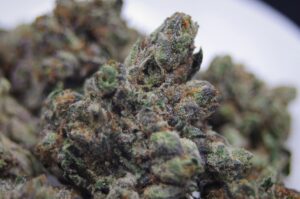 Medical cannabis: Popular trends
Medical cannabis: Popular trends
2019 statistics quoted by Scott McGovern show that cannabis trends evolve substantially faster than other industries. In his article titled, “Pay Attention to These 6 Cannabis Industry Trends,” published on www.greenentrepreneur.com, he states that “not only haven’t [cannabis] regulations been finalized, but methods of consumption, investment, and the geography of the market itself are in constant flux.”
Thus, here are several popular trends that are driving the sector’s market direction:
Sales figures are increasing
Figures show that the 2019 sales were exponentially higher than 2019 figures. This is due to the growth of the global legal cannabis industry. And, it is expected that the marijuana industry will proliferate over the next couple of years.
Scott McGovern states that global recreational marijuana sales are expected to reach $31 billion (USD) by the end of 2021. And, the CBD industry sales figures could top out at $22 billion (USD) by 2022.
The user base is increasing in diversity
Initially, the original cannabis user was between 18 and 34 years old and did not particularly care about whether recreational cannabis consumption was legal or not. They used to consume cannabis in more than one format more than once a week. And, they were not interested in paying attention to any of the many health warnings.
Now that the use of cannabis, both medical and recreational, has been legalized in many countries around the world like Canada, it’s user base is expanding to the middle-aged person who is not particularly interested in breaking the law. A 2018 report conducted by Deloitte indicates that our global society is in transition. Consequently, the marijuana industry is ready to blossom. And this report suggests that the average age of the modern cannabis consumer is between 24 and 54 years old.
It is also perhaps worth noting that the older the occasional consumer is, the more disposable capital they will have. But, this statement can also be considered a generalization.
The average consumer is not interested in buying illegal marijuana
A recent survey showed that only 16% of occasional cannabis users demonstrated that only 19% are still prepared to buy marijuana on the black market. And, 50% of all infrequent users are interested in purchasing government or retail products.
On the other hand, 53% of users who consume cannabis products daily are still interested in obtaining their stock from a black-market supplier. Finally, just over 50% of regular users expressed an interest in growing and processing their weed (cannabis).
A wide variety of cannabis-based products are gaining market share
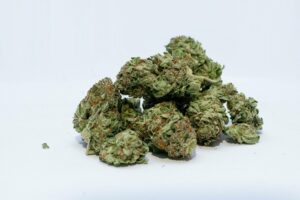
As the size of the legal cannabis market grows, other products like vapes, edibles like cannabis-infused gummies, chocolate, beverages like hangover proof beer that contains THC, and products like smoothies and coffees that have cannabis oil added to them.
Again, Scott McGovern, in his article titled “Pay attention to these 6 cannabis industry trends,” cites the following statistics:
- CBD gummy sales have increased by 925%.
- Cannabis vapes were considered one of the biggest cannabis products in 2019. Sales grew by 69% in the first quarter of 2018.
- CBD vape sales grew by 105% in the first 3 months of 2018.
Thus, by studying these figures quoted, it is clear to see how fast the cannabis industry is growing.
Exponential growth of the CBD oil industry
The CBD or cannabis oil industry growth figures show that the cannabis oil market will more than likely eclipse the adult-use marijuana market by 2022.
This is mainly due to the fact that it is now legal to grow hemp in many parts of the world. CBD is also extracted from hemp, not just marijuana. Thus, providing the scope and impetus for the exponential growth in the cannabis oil industry across the globe.
Final thoughts
It is essential to note that the caveat in the global marijuana industry is that it is critical to educate yourself before trying out any new marijuana products. Not only is it vital to ensure that the marijuana you buy is clean, without toxic pesticides and rat poison, it is also critical that you make sure that the cannabis you consume does not clash with any prescription medication you might be taking.
Therefore, should you have any questions about any of the cannabis products discussed in this article, the best place to find answers in on this education site.
